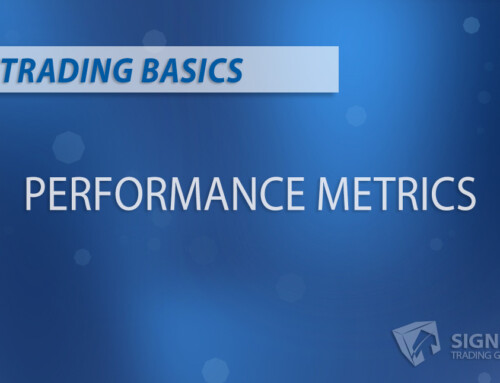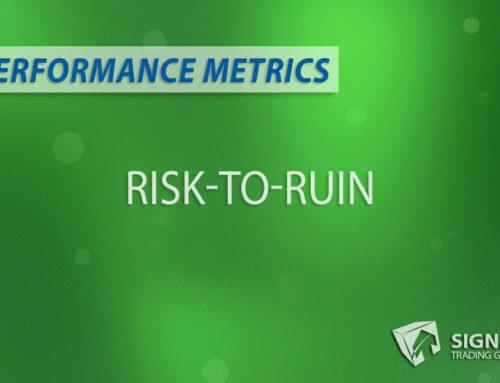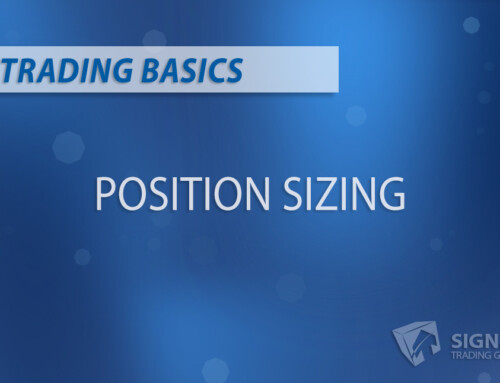The “Performance Metrics 101” blog series is geared towards providing traders with the essential evaluation tools they need to assess trading performance accurately. The goal is to provide a complete understanding of these tools, enabling traders to use them effectively.
Understanding R-Squared
R-Squared is an essential metric used in investment management to help understand the level of correlation between a fund’s performance and its benchmark index. In this blog post, we will delve into the meaning of R-Squared, its importance, and its practical application in finance. We will discuss how it is calculated, the range of values for R-Squared, and why it is a valuable measure. Furthermore, we will explore how investors and analysts use R-Squared in their investment decisions and briefly discuss its limitations.
What is R-Squared and How is it Calculated?
R-Squared, also referred to as the Coefficient of Determination, is a statistical measure representing the proportion of the variance in the dependent variable (usually a fund’s returns) that can be explained by an independent variable (typically the benchmark index). In simpler terms, R-Squared helps us understand how much a fund’s performance is influenced by its benchmark.
To calculate R-Squared, you first determine the correlation coefficient between the two variables, generally denoted as ‘r’. Then, the R-Squared value is obtained by squaring the correlation coefficient (i.e., R-Squared = r²).
For example, if the correlation coefficient between a fund’s returns and its benchmark index is 0.9, the R-Squared value would be 0.81 (0.9² = 0.81). The benchmark index can explain 81% of the fund’s variance.
The Range of Values for R-Squared and Their Implications
R-Squared ranges from 0 to 1. A value of 1 indicates that the fund’s performance is perfectly correlated with the benchmark index, meaning that the benchmark can explain 100% of the fund’s variance. Conversely, an R-Squared value of 0 means no correlation between the fund’s performance and the benchmark index.
Higher R-Squared values imply a strong correlation between the fund’s performance and the benchmark, while lower values suggest weak or no correlation. Of course, a high R-Squared is not necessarily a good thing, as it depends on the objectives and investment strategy of the fund. Nonetheless, a high R-Squared generally indicates the fund’s usefulness as a benchmark.
R-Squared is also helpful in gauging the significance of alpha and beta coefficients. If a fund has a high R-Squared, you can be more confident that its alpha and beta values are significant and derived from the benchmark effect rather than random noise or manager skill.
Using R-Squared in Investment Decisions
Investors and analysts leverage R-Squared to evaluate a fund’s risk and return characteristics. By understanding the degree of correlation between a fund and its benchmark, analysts can better decide whether a fund is suitable for their investment needs or if a fund manager’s performance can be attributed to market movements rather than their skill.
For example, suppose a fund has a high R-Squared value and has consistently outperformed its benchmark index. In that case, investors may be more confident that this outperformance is due to the fund manager’s stock-picking ability rather than mere luck or coincidence. Similarly, a low R-Squared value could indicate that the fund manager’s performance might not be reliable or consistent with the benchmark index.
Limitations of R-Squared and the Need for Complementary Measures
While R-Squared is a popular and useful measure, it has its limitations. For instance, R-Squared does not distinguish between passive and active funds, and a high R-Squared does not necessarily imply superior performance. Moreover, the measure may need to be more reliable for funds with small asset sizes or short track records.
For these reasons, investors should supplement their analysis of a fund using other measures such as alpha and beta in addition to R-Squared. This will provide a more comprehensive evaluation of the fund and enable investors to make more informed investment decisions.
In conclusion, R-Squared is invaluable for evaluating a fund’s risk and return characteristics. By understanding how much of the fund’s variance can be explained by its benchmark index, investors and analysts can gain insights into whether a fund suits their investment goals. However, other measures besides R-Squared are important for a more accurate assessment of the fund’s performance.





